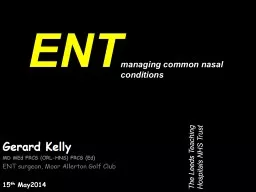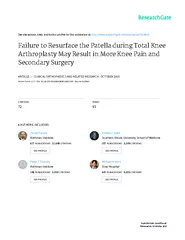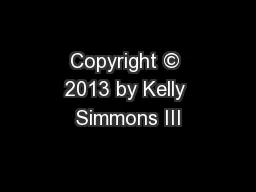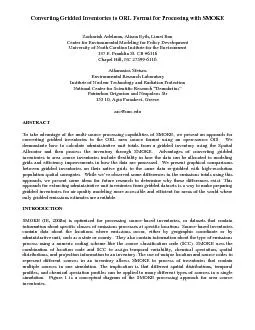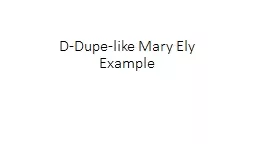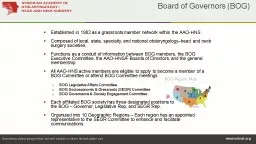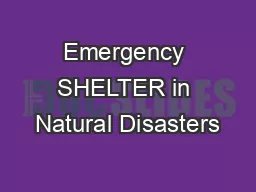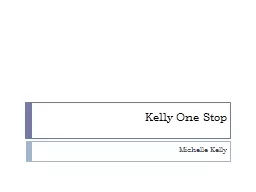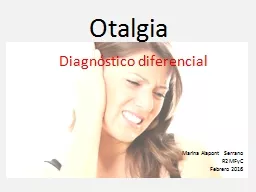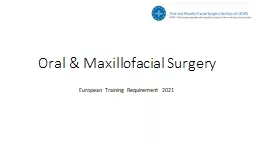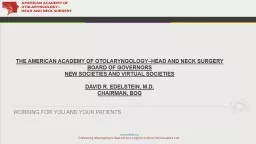PPT-Gerard Kelly MD MEd FRCS (ORL-HNS) FRCS (Ed)
Author : briana-ranney | Published Date : 2020-04-10
ENT surgeon Moor Allerton Golf Club 15 th May2014 ENT The Leeds Teaching Hospitals NHS Trust m anaging common nasal c onditions Back to Medical School group
Presentation Embed Code
Download Presentation
Download Presentation The PPT/PDF document " Gerard Kelly MD MEd FRCS (ORL-HNS) FRC..." is the property of its rightful owner. Permission is granted to download and print the materials on this website for personal, non-commercial use only, and to display it on your personal computer provided you do not modify the materials and that you retain all copyright notices contained in the materials. By downloading content from our website, you accept the terms of this agreement.
Gerard Kelly MD MEd FRCS (ORL-HNS) FRCS (Ed): Transcript
Download Rules Of Document
" Gerard Kelly MD MEd FRCS (ORL-HNS) FRCS (Ed)"The content belongs to its owner. You may download and print it for personal use, without modification, and keep all copyright notices. By downloading, you agree to these terms.
Related Documents

